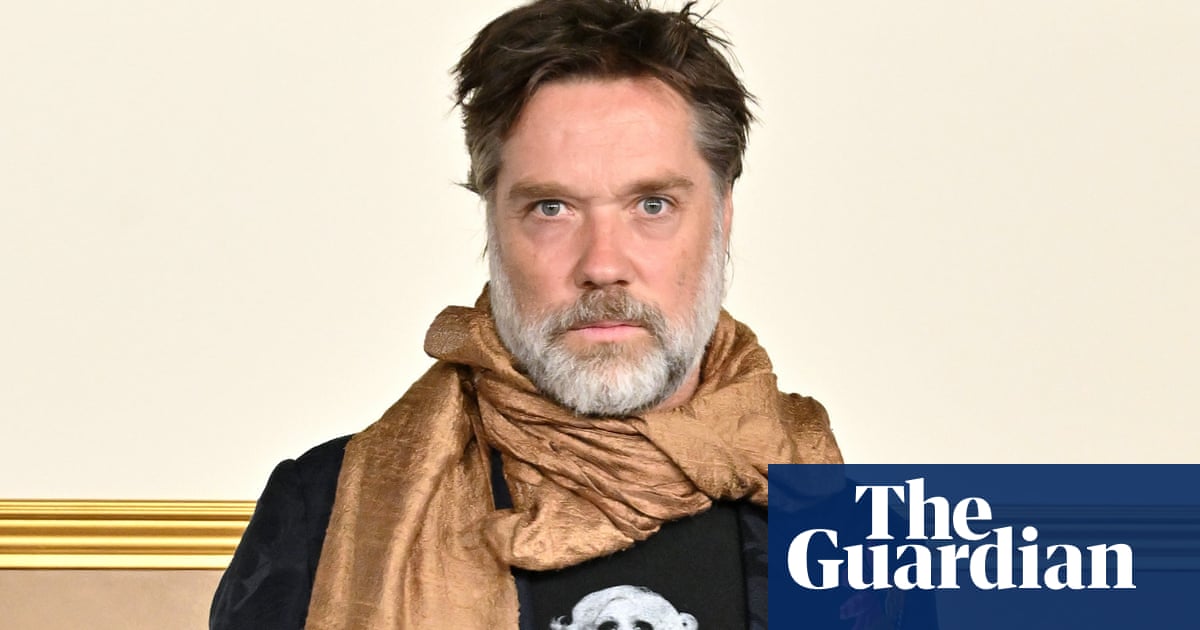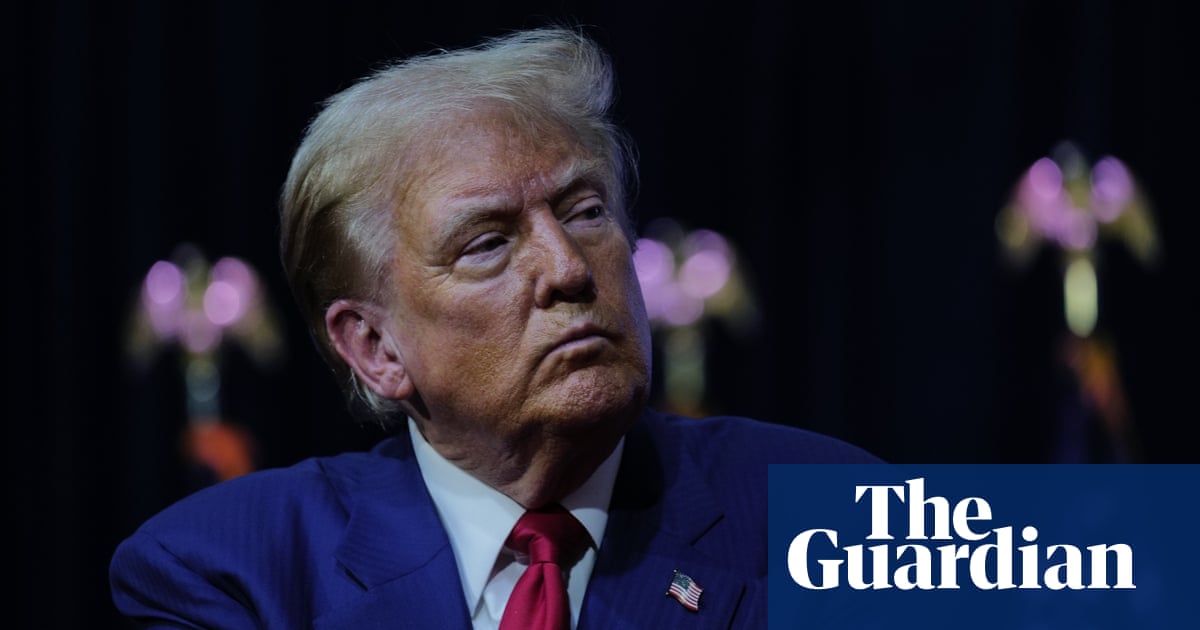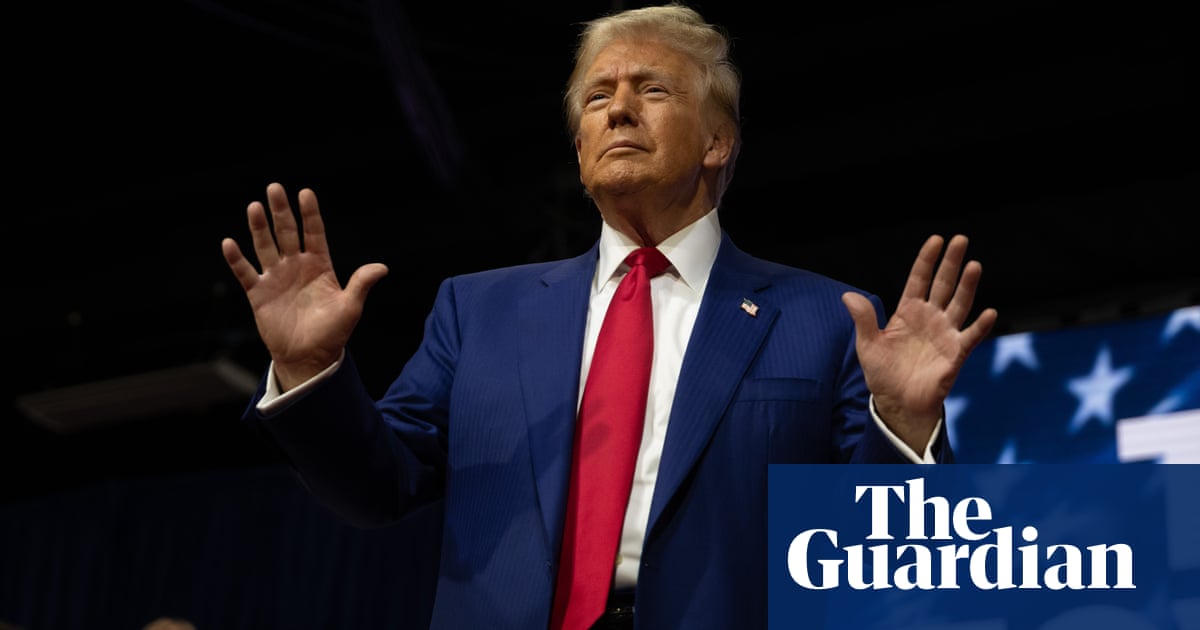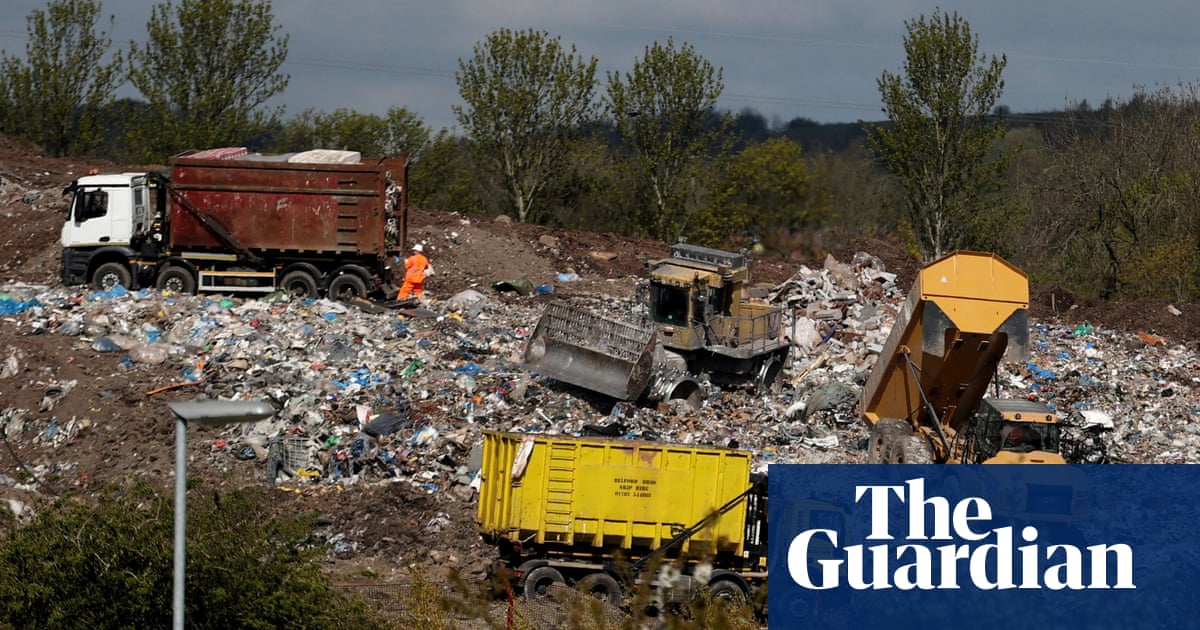What if reducing your energy bill and cutting your home’s climate impact was as simple as using a different appliance?
More than a quarter of Victorian households with both gas ducted heating and reverse-cycle air conditioners could start saving money immediately by using their split systems for heating instead of gas.
The scenario – saving between $999 to $2,215 a year – was one of four cost-effective options for shifting from gas to electric heating modelled by not-for-profit organisations Renew and Environment Victoria.
Kat Lucas-Healey, Environment Victoria’s senior climate and energy advisor, said many people didn’t realise reverse-cycle systems could heat as well as cool and were a “much more efficient technology, that will save people a lot of money and add extra comfort”.
Decommissioning the gas system – removing the furnace and ducts, and blocking outlets – was an extra step, costing about $800. The energy savings would recoup that in five to 10 months, the report said, depending on the age of the house and its location.
Nearly half (44%) of Victorian households had ducted gas heating but no air conditioning. The added cost of replacing those gas heaters (at end-of-life) with three new reverse-cycle split systems would be recouped in three to five months, according to the report.
The annual savings in this scenario – between $969 to $1,927 – also covered cooling in summer, which Lucas-Healey said was a “win-win” for comfort and cost of living.
“When homes go electric, they’re not just heating more efficiently, they’re getting the ability to cool as well,” she said.
Household gas use – mostly for heating – comprised half of Victoria’s overall gas demand. The report calculated costs and savings of going electric for typical households in five different climate zones was based on research about appliances installed in Victorian homes and how they were used.
The small proportion (7%) of homes still reliant on gas space heaters could switch to a split system and save between 27% to 56% on their energy bills, while gaining the ability to cool in the warmer months, the groups said.
Chris Barnes, a household expert at consumer advocacy group Choice who was not involved in the modelling, said heating and cooling comprised “a large chunk” of Australian energy bills.
Many people heated with gas out of habit, he said, even though the running costs were generally higher than reverse-cycle systems.
after newsletter promotion
“Once people take stock of it and realise what the price of gas is these days and what the running costs of an air conditioner actually are, there’s hopefully a pleasant surprise waiting for a few people,” he said.
Replacing a worn-out appliance or renovating was a good opportunity to consider getting off gas altogether, Barnes said. “Then you can disconnect gas from your home, so you’re not paying the standing fee for having a gas connection.”
Rory Sackville recently renovated his family home in Melbourne’s south-east, replacing the ducted gas with reverse-cycle heating, supplementing three existing units with three more.
Sustainability, cost and comfort, as well as the installation of new solar panels, drove the switch. “We were going to be generating our own electricity. So why not electrify the things that we had in our house?” he said.
“I wouldn’t call us off-grid eco warriors,” Sackville said. “We’re just a normal, typical family.”









